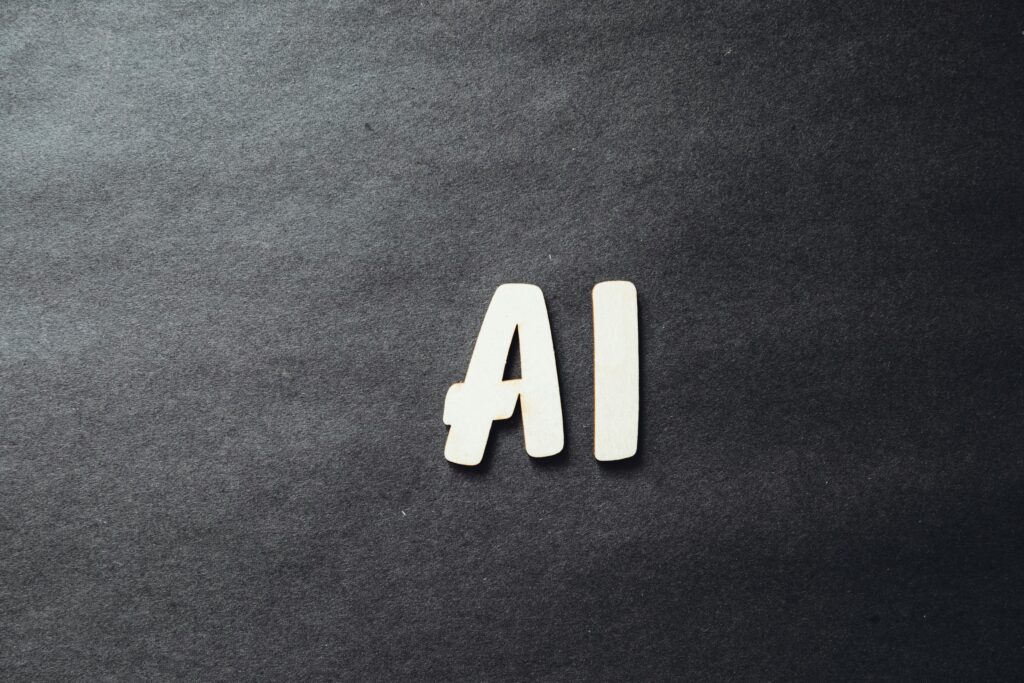Defining Automatic Speech Recognition and Exploring How it Works
With technology all around us, it was only a matter of time before we could speak to computers and have them understand. Automatic speech recognition, or ASR, enables human communication with computer systems that result in text, captured data, and/or a spoken output.
We’re going to define the automatic speech recognition meaning, and see how AI automation speech recognition has a myriad of applications across business and personal settings.

What is ASR?
Automatic speech recognition is technology that enables humans to speak to computers in the same way that humans conversate with one another.
What once began as a system that could understand just a few sounds has evolved into sophisticated technology that can learn industry-specific jargon, even on the spot, without having any prior training.
With the proliferation of ASR over the last decade, it seems like it’s a new innovation. However, automatic speech recognition can be traced back to as early as 1952, with the introduction of Bell Labs’ Audrey, which initially understood spoken digits. Later, researchers made it possible for Audrey to transcribe spoken and simple words.
Today, ASR technologies are ubiquitous and powerful. From social media functions that transcribe spoken words to speech-enabled hands-free tools like aiOla that know business-specific jargon, across industries, in any language, accent, and acoustic environment, ASR solutions are transforming how we work and play.
How ASR Works
Speaking to computers and actually having them understand feels like something out of a sci-fi movie, but it is now the new norm.
But, how exactly does ASR work?
Automatic speech recognition combines artificial intelligence (AI) and machine learning (ML), through the use of either deep learning models or a traditional hybrid approach.
A traditional hybrid approach brings together Hidden Markov Models (HMM) and Gaussian Mixture Models (GMM), requiring forced aligned data. Forced aligned data means that the system must determine where in time particular words have been spoken using a text transcription of audio speech.
To make this possible, the process run through critical models, namely:
- Lexicon Model: A description of how words are phonetically pronounced.
- Acoustic Model: The acoustic model outlines acoustic patterns of speech to predict where each sound is spoken during each speech segment.
- Language Model: The language model is focused on statistics of language, which is used to determine what word is most likely to be spoken next based on the prior word.
- Decoding: Decoding combines the above models to produce a transcript.
The downsides of the traditional hybrid approach are that:
- It doesn’t produce the most accurate outcome
- It requires independent training for each model
- It is time-consuming and intensive
Alternatively, another approach is called end-to-end deep learning, which doesn’t require forced alignment.
Instead, end-to-end deep learning can be trained to map a sequence of acoustic features into a sequence of words. It’s a less labor intensive approach, with greater accuracy when compared to the traditional hybrid approach.
Types of ASR Systems
There are a few different types of automatic speech recognition systems on the market. These span:
Speaker-Independent Systems
Any system that can recognize speech from anyone, no matter their characteristics.
Speaker-Dependent Systems
Speaker-dependent systems are trained for a specific person or group of people to use (i.e. biometrics).
Continuous Speech Recognition
A system that can understand speech from unbroken sentences.
Isolated Word Recognition
On the other hand, isolated word recognition systems can recognize short phrases or individual words.
Challenges in ASR
Despite the many strides that ASR technology has made over the years, it still isn’t entirely perfect (is anything really?). Some of its common challenges are:
- Understanding Different Dialects and Accents
- Handling homophones and contextually similar phrases
- Background noise and cross-talk
- Real-time processing capabilities
- Data privacy and security concerns
As a first-of-its-kind proprietary technology, aiOla has combined automatic speech recognition (ASR) and natural language understanding (NLU) through a unique training module. As a result, aiOla knows jargon that is specific to your business (without having to be trained first), can understand any language and accent. Importantly, aiOla works with accuracy in any acoustic environment, making it a gamechanger for workers in noisy industries such as manufacturing, logistics, aviation, and more.
A Look at the Applications of ASR
For many, the use of automatic speech recognition tools is all too common. If you have a smart home or make use of Siri, for example, you’re putting the technology to work. Across personal use cases to business use cases, ASR increases efficiency, safety, collaboration, and data capturing.
Here’s a look at a few of its popular applications:
- Voice-enabled assistants and smart home devices
- Transcription services for healthcare, legal, and educational sectors
- Interactive voice response (IVR) systems in customer service
- Language learning tools
- Accessibility tools for individuals with disabilities
What’s the Future of ASR?
When innovation is made upon technology, it happens exponentially. This means that the next few years of ASR’s growth will feel like decade’s worth, or even more, of progress.
Some trends that are expected include:
Speech-to-Speech Translation
Companies are working on creating ASR that can translate spoken words between languages in real-time.
Multi-Modal Inputs
Rather than just being able to decipher spoken words, ASR tools are learning how to assess body language, facial expressions, and gestures in an effort to increase accuracy.
Edge-based Processing
Rather than having to use cloud computing to process input to output, there’s a focus on being able to run automatic speech recognition algorithms on the device itself.
The Bottom Line
Automatic speech recognition has opened the door to endless possibilities in the realm of personal and professional life. In business settings, ASR tools, like aiOla, make it possible to complete critical tasks, hands-free, and with utmost accuracy using nothing more than words. In home settings, ASR solutions are like having a personal assistant. In many cases, they’ve been able to increase accessibility for people worldwide.



